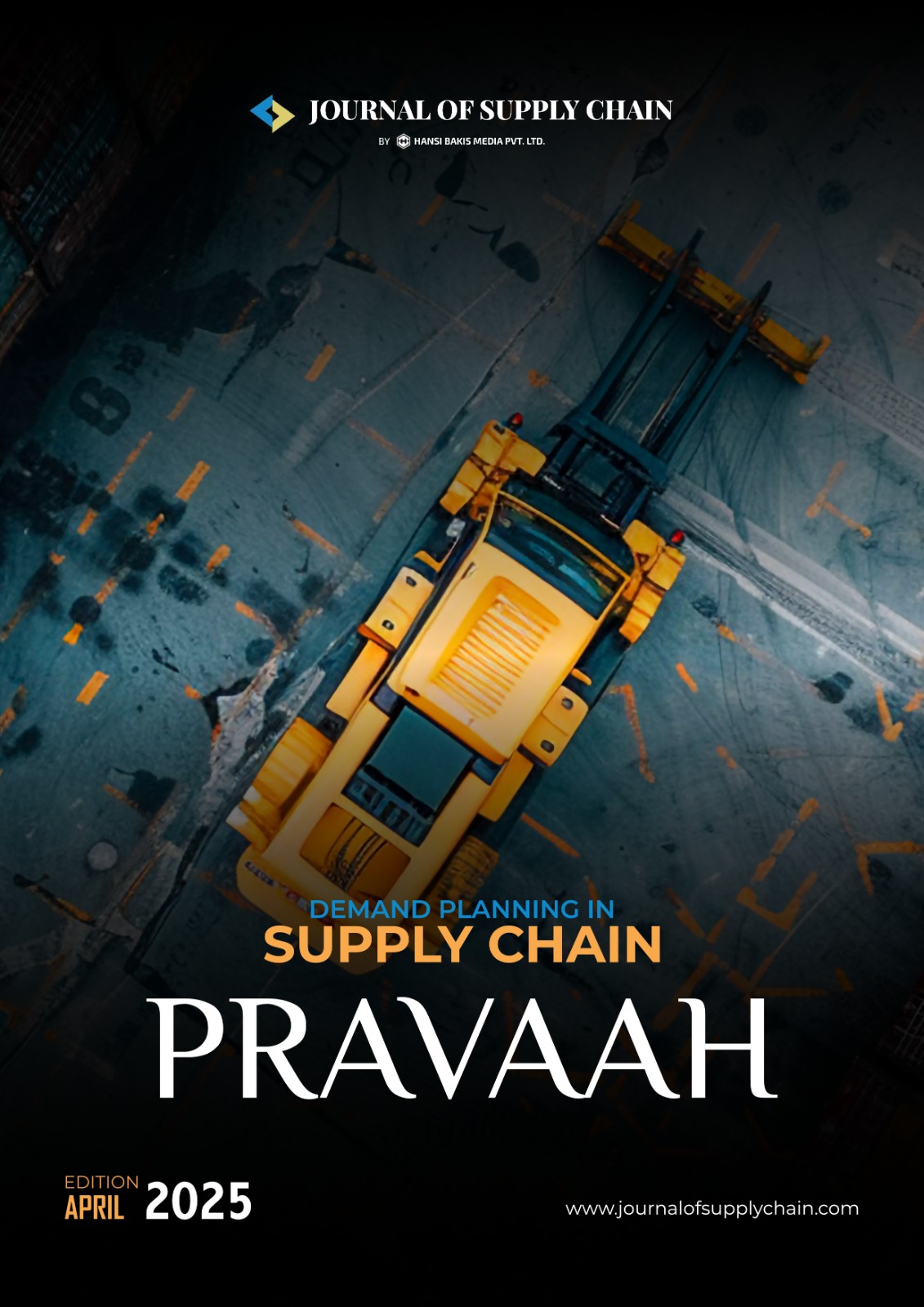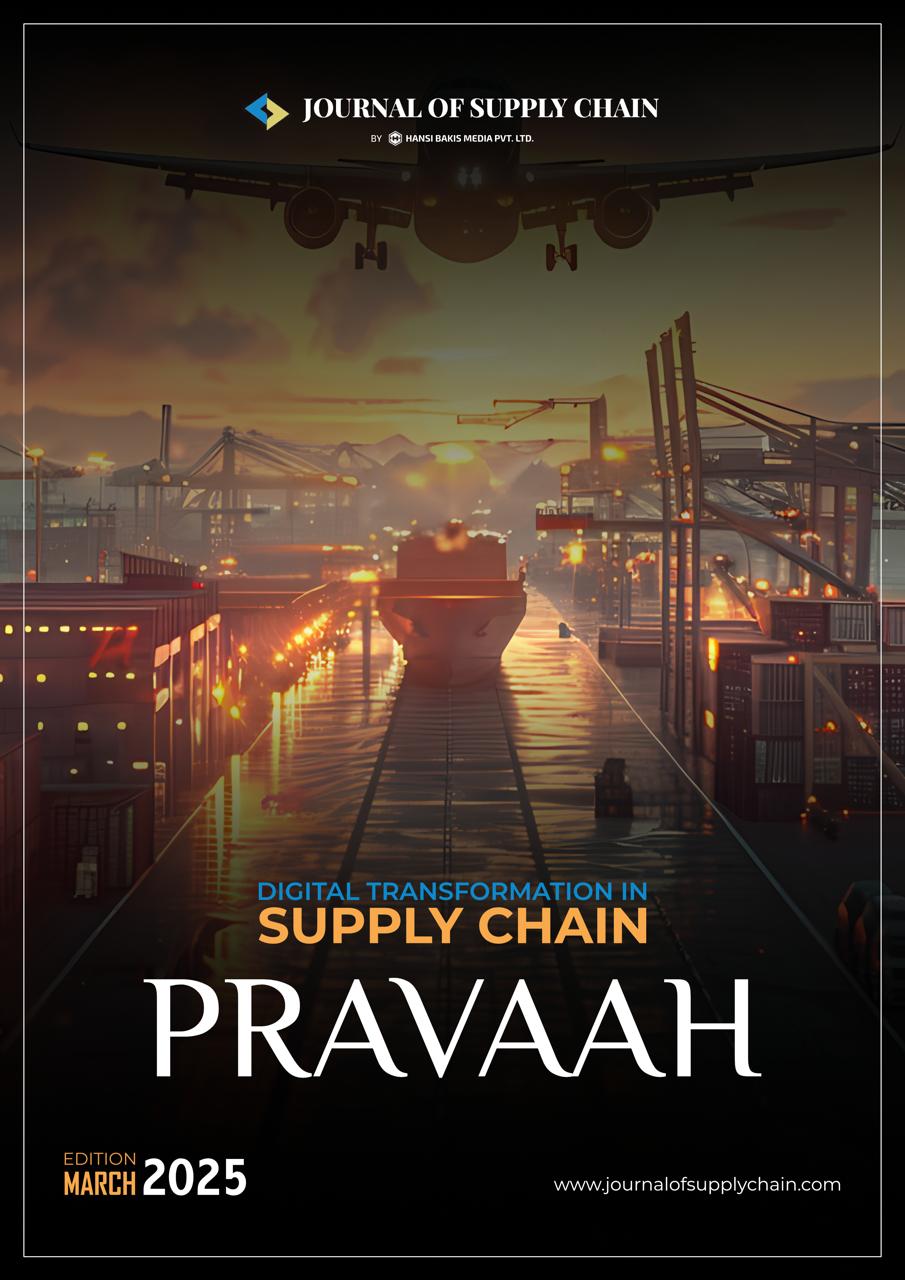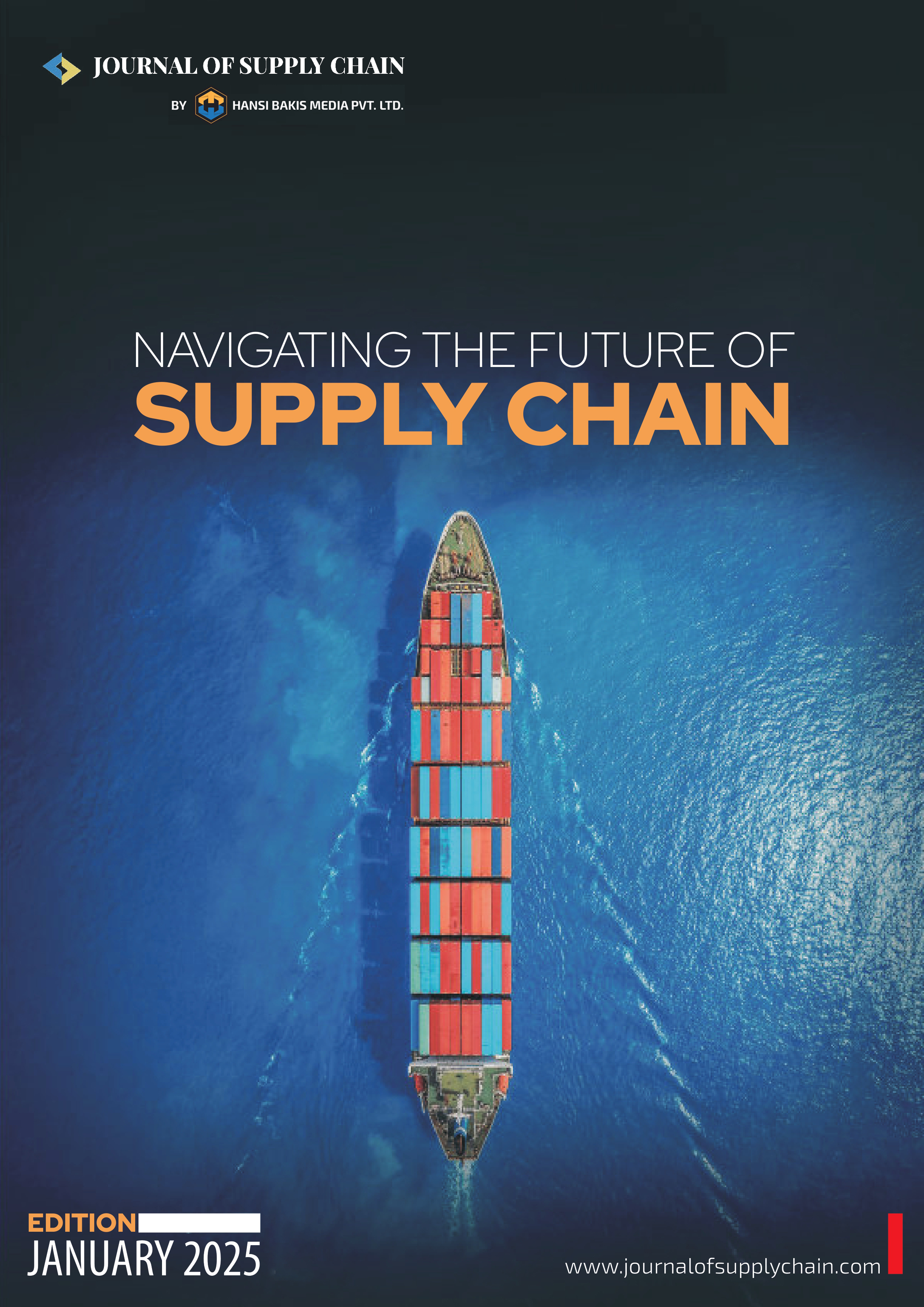The Dark Side of the Supply Chain Industryt
The suppy chain industry is the backbone of global commerce. It orchestrates, coordinates and manages the movement and supplies goods from the manufacturers to the consumers. However, although this industry plays a very important role in ensuring that products are available at the right time and place, it has various challenges and ethical dilemmas. This essay discusses the dark sides of the supply chain. It shows attention to the exploitation of laborers, environmental deterioration, lack of transparency, and globalization impacts. Overview of the Supply Chain IndustryThe supply chain industry is all about the activities involved in producing and distributing a product, procured from supplies, made, transported, and stored in the warehouses. In 2022, the global supply chain management market size was nearly $15.85 billion and is expected to continue to surge steadily as the trend of globalization and e-commerce continues to escalate (Statista, 2023). However, this growth comes at a cost that needs humans to focus on. 1. Labour Exploitation A. Bad safety environment There is rampant wage and working condition exploitation within the supply chain particularly in countries that provide cheap labor where the law appears relatively weak or badly implemented. The working conditions found within a manufacturing facility contain poor safety environmental conditions. For instance, according to ILO report 2021, nearly 50% of some industries' employees said that their working environment is compromised hence they suffer several injuries. Poor ventilation connected with the presence of toxic chemicals in industries like textiles and electronics will lead to serious health problems over time. B. Low Wages and Benefits Lower wages below the living wage has been reported to be the problem in several supply chains in many countries. Example: garment workers are reportedly being paid only $3 per day. They work long hours in Bangladesh and Vietnam. The ILO's Global Wage Report (2020) indicates that nearly 30% of the garment workers do not have any kind of social security or health benefits. This economic weakness places workers in a position where they cannot overcome their poverty cycle and further leads to exploitation. Child Labour and Forced Labour Child labour and forced labor are the most common issues that prevail in some supply chains, including agriculture and mining. The United Nations has estimated that approximately 160 million children across the world are engaged with child labor, and many of these laborers are working in industries connected to supply chains. The U.S. Department of State has also been reported by its Trafficking in Persons Report (2022) that vulnerable sectors, for example, agriculture and textiles sectors are being faced with instances of forced labor. These problems tend to surface in areas characterized by widespread poverty, where the earnings of the latter have become a supplementary source of income for their respective families. 2. Environmental Impact A. Carbon Emissions Supply chains are one of the major sources of greenhouse gas emissions worldwide. The World Economic Forum states that 80% of global consumer goods emissions originate from supply chains. Efficiency is what companies aim for today, and speed is bound to win over sustainability; with every transportation and manufacturing process, companies increase their carbon footprint. Fossil fuels form the foundation of cross-border logistics, making it even worse for the climate crisis. B. Resource depletion and Waste Unsustainable sourcing of raw materials results in resource depletion and deterioration of the environment. Unsustainable supply chain practices include deforestation, overfishing, and soil degradation. The global supply chain generates more than 92 billion tons of waste yearly, and most is disposed of in landfills and oceans, according to an Ellen MacArthur Foundation report from 2021. The waste deteriorates the environment and depletes resources for the future. Lack of Regulatory Compliance Regulations may be instituted in a bid to minimize the adverse impacts on the environment, however lack of compliance is common. For example, many companies have located their operations in countries with weaker environmental regulations and managed to avoid accountability. The non-uniformity of the regulations between borders further complicates efforts aimed at introducing sustainable practices within supply chains. Multinational companies, for example, will exploit weaknesses in environmental regulations in developing countries and perpetrate more harm upon the environment without facing accountability. 3. Lack of Transparency A. Complexity Supply Chains A complex modern supply chain often lacks visibility into labor and environmental practices. Companies may source through various suppliers across several countries, which may be difficult to track such compliance with ethical standards. According to the report by the Ethical Trading Initiative of 2021, only 30% reported having full visibility into their supply chains. This lack of transparency has a way of always forcing people to cover up for unethical practices, or in this case, companies sourcing from suppliers who are involved in exploitation of labor and detrimental effects to the environment. B. Greenwashing With companies facing increasingly alert consumers concerned with issues of sustainability, some resorts to greenwashing-that is, to tell misleading environmental claims. Essentially, consumers can't ever know what business is telling the truth about. According to a 2020 survey by TerraChoice, 95 percent of consumer products that claimed environmental benefits were misleading. This manipulation continues tearing consumer trust apart and makes it even tougher to find authentically sustainable companies. C. Susceptibility to Supply Chain Disruptions The novel COVID-19 scenario exposed the vulnerability of global supply chains thus causing wide spread disruptions. Disruption proved to be at a level that it was high time for the transparency and resiliency of supply chains as companies faced sudden shifts in demand and supply. As per a 2021 report by McKinsey, supply chain visibility emerged as a high-priority area of future operations among executives with a massive majority of 60% sharing the view. The lack of understanding regarding supply chain vulnerabilities can lead to inefficient responses towards crises.




